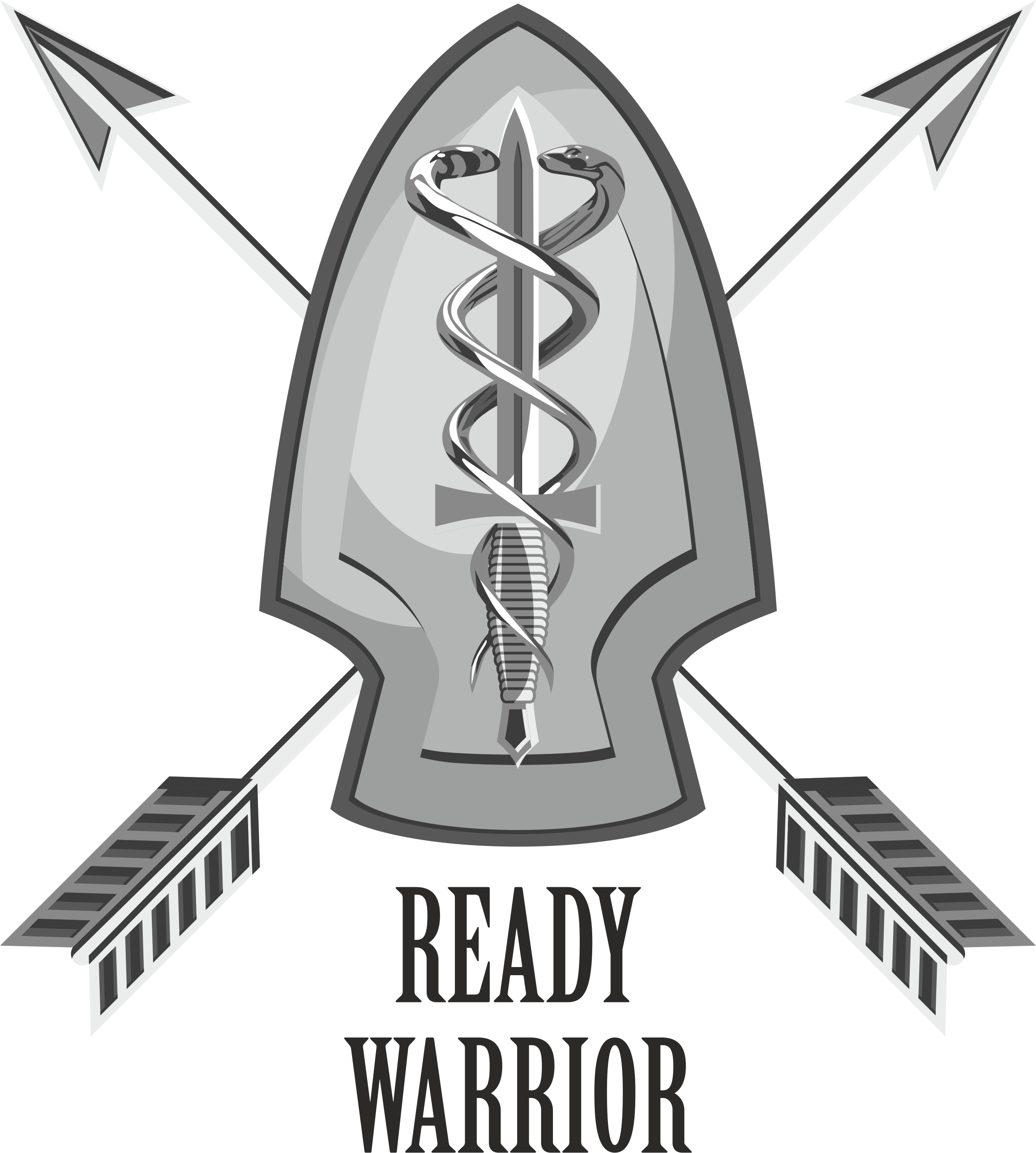During your career as a military medic, you will encounter a heat injury. It’s guaranteed. The first time I encountered it as a medic I had only been out of the 18D course for 3 weeks, and it was during Robin Sage. Whether you’re deployed, stationed in the Mojave Desert or your fresh-to-Alaska soldiers haven’t learned to layer their thermal underwear properly during the winter, you’ll be called upon to diagnose the difference between heat exhaustion and heat stroke quickly and correctly, as well as begin the necessary treatments.
In the stories posted on IG, you were presented with 2 unique cases involving symptoms for our friend, Homer Simpson. As a reminder, they are as follows:
Case 1: Homer at the Carwash
Symptoms:
Sweating excessively
Muscle cramps
Clammy skin
Case 2: Homer Tubing on the River
Symptoms:
Bright red dry skin
Not sweating
Blistering skin
Intoxicated
Case 1: Many of you got the 1st case correct. Homer is suffering from heat exhaustion, and while not serious yet, active steps need to be taken in order to prevent his condition from worsening.
Actions to take in the event of heat exhaustion:
1) Immediately get the individual out of the sun, preferably into an air-conditioned environment.
2) Have the patient lay down, with their feet and legs slightly elevated.
3) Work on rehydrating with small, consistent drinks of water or electrolyte beverages. Avoid alcohol and caffeinated beverages.
4) Work on cooling person by fanning or placing cool, damp towels under their armpits.
5) Monitor the person carefully. If symptoms don’t change or continue to deteriorate, call 9-1-1.
Additional steps to consider.
-- If this is a cold-weather heat exhaustion due to over-layering their clothes, you would also remove any excess or heavy clothing immediately after step 1 when applicable.
-- Person may have damp, cold or clammy skin, but this does NOT mean they are out of the woods or experiencing heat exhaustion. Consider their entire condition, not just one factor.
Case 2: This one threw many of you off. I think many of you focused on the blistering skin and intoxicated and immediately moved to heat exhaustion. The key element in this puzzle was the phrase ‘Not sweating’. This is an immediate and dangerous indicator that the person has reached a dangerous level of heat injury, and serious steps need to be taken immediately to address it, EVEN IF THE PERSON IS NOT YET UNCONSCIOUS!!
Common symptoms of Heat Stroke:
- Body Temperature above 103 degrees F (measured rectally)
- Rapid pulse
- No sweating (or markedly reduced sweating)
- Disorientation
- Nausea/Vomiting
- Unconsciousness
- Seizures
- Warm, dry, red skin
Actions to take in the event of Heat Stroke:
1) Call 9-1-1 Immediately!!! This is a life-threatening condition that needs immediate EMS care and cannot and should not be handled by untrained persons.
2) Immediately get the individual out of the sun, preferably into an air-conditioned environment.
3) Rapidly fan across their body to help dissipate heat faster
4) Place cooling packs or wet cloth in their armpits, neck and groin to help cool their core temperature.
Additional steps to consider.
-- Do NOT give the person anything to eat or drink if they are not fully conscious or are vomiting.
-- If person is seizing, keep them from injuring themselves by removing dangerous objects from within their vicinity.
-- If person vomits, place them in the recovery position so they do not choke.
Remember: Whether it is heat exhaustion or heat stroke, a person is not ‘back to normal’ even if their body temperature cools and they begin to feel better. They will need at LEAST a day to recover (heat stroke will take a lot longer), and should absolutely, unequivocally NOT go back into the sun or undergo strenuous activity for the remainder of the day. As their loved one or friend, it is up to you to recognize these signs and give the appropriate guidance to make sure Homer and your friends recover well to party and enjoy the sun another day.


